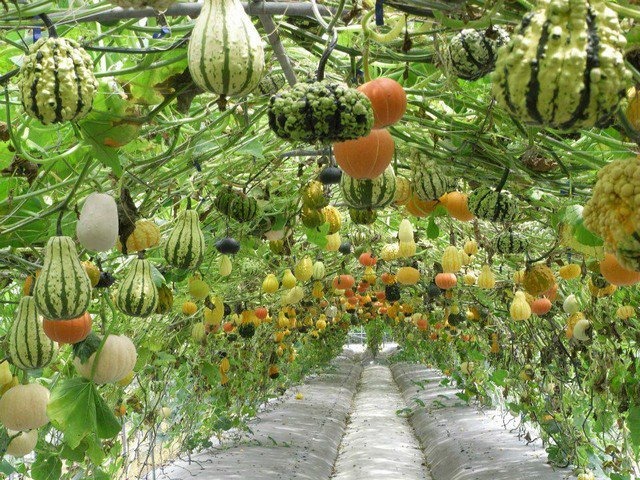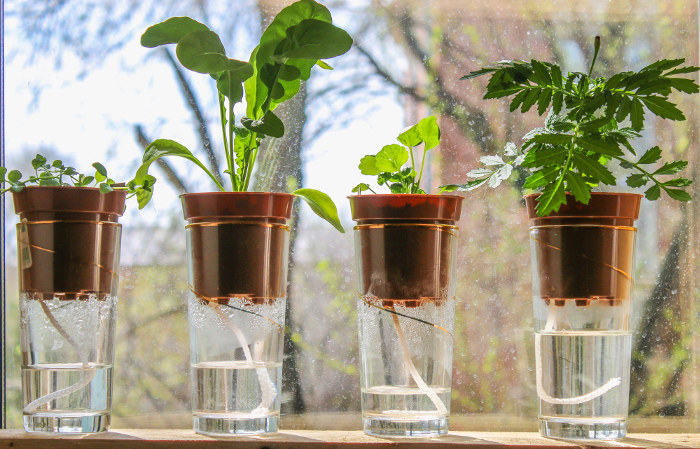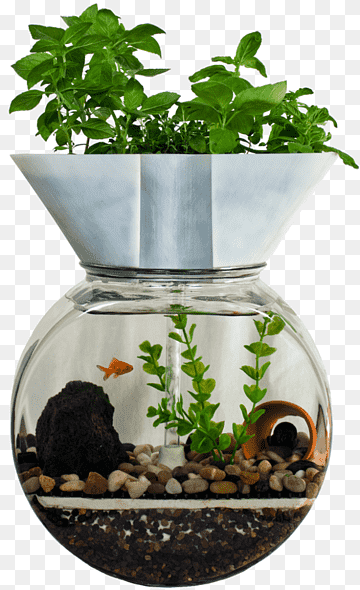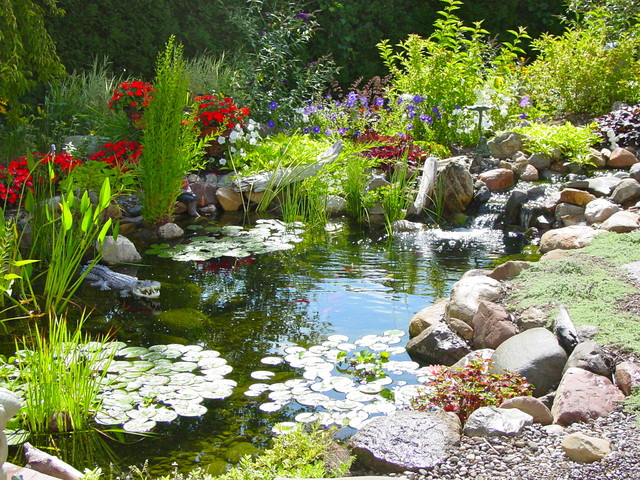
Welcome to the world of innovative gardening! You might be thinking, “Innovative gardening? What’s that all about?” Well, let us tell you, it’s all about shaking up the traditional ways of gardening and experimenting with new and exciting techniques to grow your plants.
Innovative gardening practices refer to new and creative methods of growing plants that go beyond the traditional methods of using soil and sunlight. These practices include things like vertical gardening, hydroponic gardening, aquaponic gardening, organic gardening, and permaculture. Each of these methods has its own unique set of advantages and can be used to grow a wide variety of plants.
But why bother with innovative gardening practices? Well, for starters, the world population is growing, and the demand for fresh food is increasing. Innovative gardening practices can help us meet this demand by making it possible to grow more food in smaller spaces, using less water, and reducing the need for harmful pesticides. Additionally, innovative gardening practices can also help to improve the environment, as many of these methods rely on sustainable and eco-friendly techniques.
And let’s be real, gardening can be a lot of fun, but it can also get a little monotonous using the same old techniques. Innovative gardening practices add a new level of excitement and curiosity to the hobby, allowing you to experiment and learn new things. It’s a great way to step out of your comfort zone and try something new.
Vertical Gardening

Have you ever heard of stacking your plants to save space and create an eye-catching garden display? Well, that’s exactly what vertical gardening is all about!
A vertical garden is a method of growing plants in stacked layers, using a structure to support the plants, such as a wall, fence, or trellis. This approach allows you to use the vertical space in your garden or indoors to maximize yields and minimize the footprint of your garden.
One of the biggest advantages of vertical gardening is that it saves space. If you have a small backyard or balcony, vertical gardening is a great way to maximize the space you have and grow more plants. Additionally, vertical gardening can also be used to create beautiful and unique garden displays, and it can be a great way to grow plants that would otherwise be difficult to grow in a traditional garden, like strawberries or herbs.
But, as with any gardening method, there are also some disadvantages to consider. For example, vertical gardens can be heavy and difficult to move around, and they can be more expensive to set up compared to traditional gardening methods. Additionally, some plants may not be well-suited to growing in a vertical garden, and it can be challenging to maintain and care for the plants.
Starting a vertical garden is easy and fun. You can use different materials such as PVC pipes, wooden pallets, or a hanging basket to create the structure. You can also use different types of plants, such as succulents, herbs, or flowers. Once you have your structure, you can then add a variety of plants, making sure to stagger them for proper light exposure, and be sure to add a water system and drainage as necessary.
Overall, vertical gardening can be a fun and rewarding way to garden, providing beauty and bounty in a small space!
Hydroponic Gardening: The Future of Farming?

Have you ever heard of hydroponic gardening? It’s a method of growing plants without the use of soil, and it’s taking the gardening world by storm. Instead of soil, hydroponic gardening uses a nutrient-rich solution to feed the plants, and they can be grown in a variety of ways, such as in water or with the use of grow media.
One of the biggest advantages of hydroponic gardening is that it allows you to grow plants in a smaller space. You can even set up a hydroponic garden in your own home, making it perfect for city-dwellers or those with limited outdoor space. Plus, hydroponics uses less water than traditional gardening methods, making it a more sustainable option. Plus, you can grow plants year-round and control the environment, which can result in faster growth, and bigger yields.
But, as with anything, there are also some downsides to hydroponics. It can be a bit more expensive to set up initially and requires a little more maintenance. Plus, if something goes wrong with the nutrient solution or pH balance, it can harm your plants quickly. But don’t let that scare you! With a little bit of research and care, you can easily set up and maintain a successful hydroponic garden.
So, are you ready to give hydroponics a try? Here’s a quick guide to get you started:
- Decide on a location: You’ll need a place to set up your hydroponic garden that has access to electricity and is near a water source.
- Purchase your equipment: You’ll need a container for your plants, a water pump, tubing, a growing medium, and a light source.
- Set up your hydroponic system: This will vary depending on the type of hydroponic system you choose, but most setups involve a container for your plants, a water pump, tubing, and a growing medium.
- Add the nutrient solution: Follow the instructions on the nutrient solution to mix it correctly.
- Add your plants: You can start your plants from seed or purchase seedlings from a nursery.
- Monitor and maintain: Keep an eye on your plants and make sure the pH levels and nutrient solution are balanced.
And that’s it! With a little bit of care and attention, you’ll have your own hydroponic garden.
Aquaponic Gardening: Fish and Plants Living in Harmony

Get ready to bring some harmony to your gardening with aquaponics. This method combines the best of both worlds – fish and plants living together in perfect harmony. Aquaponic gardening is all about growing plants using the nutrient-rich water produced by fish. And it’s not just any fish, you can use common fish like Tilapia, carp, or even goldfish to create an optimal environment for your plants to thrive.
One of the biggest advantages of aquaponics is that it’s an incredibly sustainable method of gardening. The waste produced by the fish is broken down by beneficial bacteria and turned into the nutrients that the plants need. Plus, the plants help to clean the water, providing a safe and healthy environment for the fish. This symbiotic relationship between fish and plants reduces the need for chemical fertilizers, and conserves water.
But, as with anything, there are also some downsides to aquaponic gardening. Like hydroponic gardening, the initial set-up can be a bit expensive, and you need to be comfortable working with water and electricity. Also, in order to create the optimal environment, you need to have some knowledge about fish and plants to maintain it properly.
But don’t fret! It’s a fun and engaging way to grow your plants, and you’ll be amazed by the results. Here’s a quick guide to get you started:
- Decide on a location: You’ll need a place to set up your aquaponic garden that has access to electricity and is near a water source.
- Purchase your equipment: You’ll need a tank for your fish, a grow bed for your plants, a water pump, tubing, and a light source.
- Set up your aquaponic system: Set up your tank, grow bed, and connect the water pump and tubing.
- Add the fish: Choose your fish and follow the instructions on how to add them to your system.
- Add your plants: You can start your plants from seed or purchase seedlings from a nursery.
- Monitor and maintain: Keep an eye on the pH levels, temperature, and the fish, and make sure to clean the system regularly.
With a little bit of care and attention, you’ll have a thriving aquaponic garden to enjoy. Not only will you be able to grow your own fresh produce, but you’ll also have a little ecosystem of fish living in harmony with your plants.
Organic Gardening: Back to Basics

Organic gardening is the most natural way of cultivating plants. It’s all about growing plants without the use of synthetic chemicals and pesticides. Instead, it uses natural methods such as composting, crop rotation, and beneficial insects to maintain a healthy ecosystem in your garden.
One of the biggest advantages of organic gardening is that it’s better for the environment. Organic gardening methods are designed to work with nature, not against it. This results in healthier soil, which leads to healthier plants and a more diverse ecosystem. Additionally, organic fruits and vegetables are often more nutritious than their conventionally grown counterparts, and they taste better too!
But, as with anything, there are also some downsides to organic gardening. It can be a bit more labour-intensive than traditional gardening methods, and you may experience more pest and disease issues. Also, the yield may be a bit smaller than traditional gardening, but the quality of the produce will be better.
But don’t let that discourage you! Organic gardening is a fulfilling and rewarding experience. Here’s a quick guide to get you started:
- Decide on a location: Choose a spot in your yard that gets ample sunlight and has well-draining soil.
- Start Composting: Start a compost pile, to create your own organic fertilizer.
- Test your soil: Test your soil to find out what nutrients it needs, and which plants will do well in it.
- Choose your plants: Select plants that are well-suited to your soil and the local climate.
- Planting and Maintenance: Plant your seedlings or seeds, and care for them using organic methods such as crop rotation, companion planting, and hand weeding.
- Monitor and maintain: Keep an eye on your plants and make sure to fertilize with compost or other organic fertilizers.
Organic gardening is a great way to connect with nature and grow your own healthy and delicious produce. It may require a bit more effort, but the end results are worth it.
Permaculture: Gardening in Harmony with Nature

Are you ready to take your gardening to the next level of sustainability? Look no further than permaculture. This method of gardening is all about working with nature, rather than against it, to create a self-sustaining ecosystem in your garden. Permaculture gardening is about creating a sustainable, closed-loop system where everything works together to support the overall health and well-being of the ecosystem.
One of the biggest advantages of permaculture is that it’s incredibly sustainable. In a permaculture garden, nothing goes to waste. Plant waste is turned into compost, which is then used to fertilize the plants. The plants, in turn, provide food and shelter for beneficial insects and animals. Plus, permaculture gardens require less maintenance and water than traditional gardens.
But, as with anything, there are also some downsides to permaculture gardening. It can be a bit more time consuming to set up initially and it may take some time to see the benefits. Additionally, it may require more space than traditional gardening methods.
But don’t let that get in the way. Permaculture gardening is a fun and engaging way to connect with nature and create a self-sustaining ecosystem in your own backyard. Here’s a quick guide to get you started:
- Decide on a location: Choose a spot in your yard that gets ample sunlight and has well-draining soil.
- Observe the environment: Take some time to observe the natural patterns and systems of your garden.
- Design your garden: Design your garden to mimic the natural patterns and systems of the environment.
- Start planting: Use a variety of plants that work together to create a self-sustaining ecosystem.
- Monitor and maintain: Keep an eye on your garden and make sure to maintain the natural balance.
Permaculture gardening is a sustainable, fun and fulfilling way to grow your own produce, while connecting with nature in a deeper way.
By now, you should have a pretty good idea of what innovative gardening is all about and how you can use these techniques to take your gardening to the next level.
Whether you’re looking to grow more food in a smaller space, reduce your water usage, or create a more sustainable and eco-friendlier garden, there’s an innovative gardening method that’s right for you.

